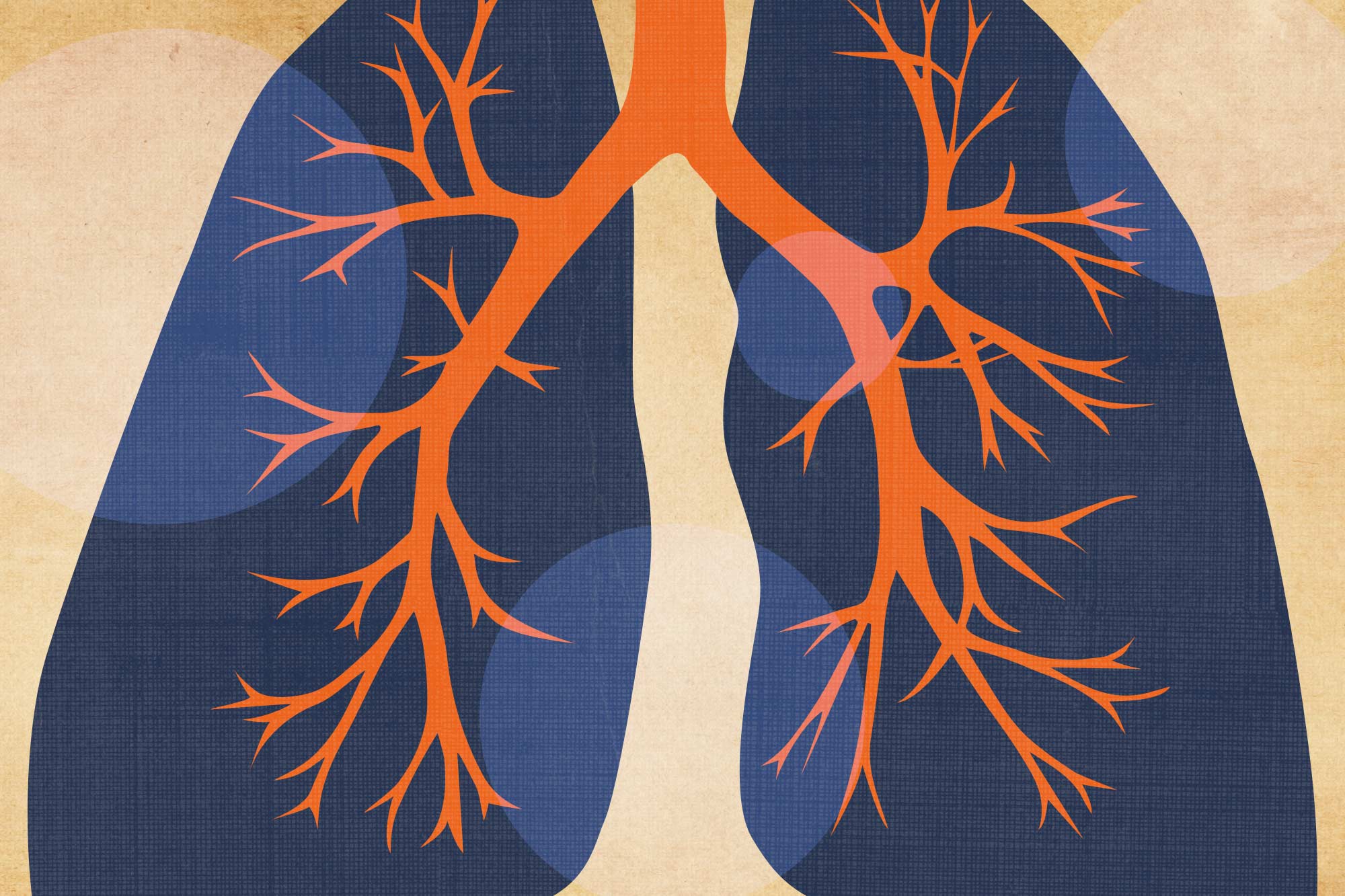Our bodies have a protective layer. That first line of defense against outside threats is called the epithelium. Doctors can apply therapies when it’s our skin that needs repair, such as grafts for burn victims. But within the lungs, epithelial cells become harder to restore when attacked.
A University of Virginia research collaboration has gained new insight into the poorly understood biological process of epithelial cell replacement – findings that could be a steppingstone to ramping up the process in the future, including in the lungs. The research has implications for potential therapies targeting COVID-19 and other respiratory disorders that afflict millions of people.
The Center for Cell Clearance at the UVA School of Medicine worked with researchers at the University of Edinburgh to conduct the studies, published May 13 in the journal Science Immunology.
What the research team discovered is that a channel for molecular transport, the protein pannexin 1, appears to orchestrate a “repair program upon nearby macrophages that, in turn, promotes epithelial repair,” the paper states.











